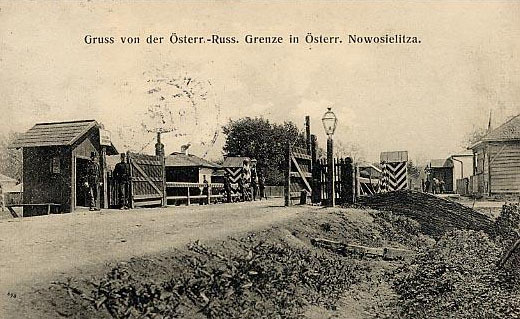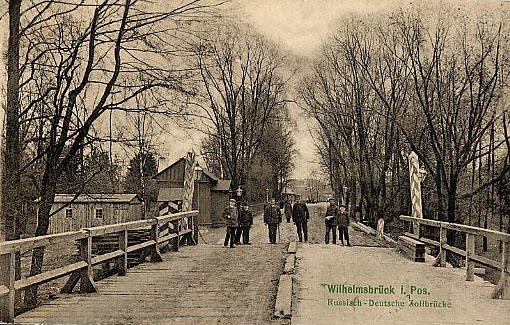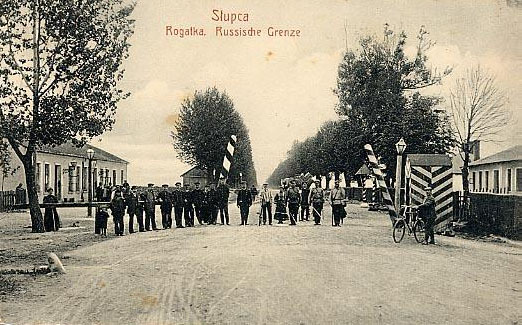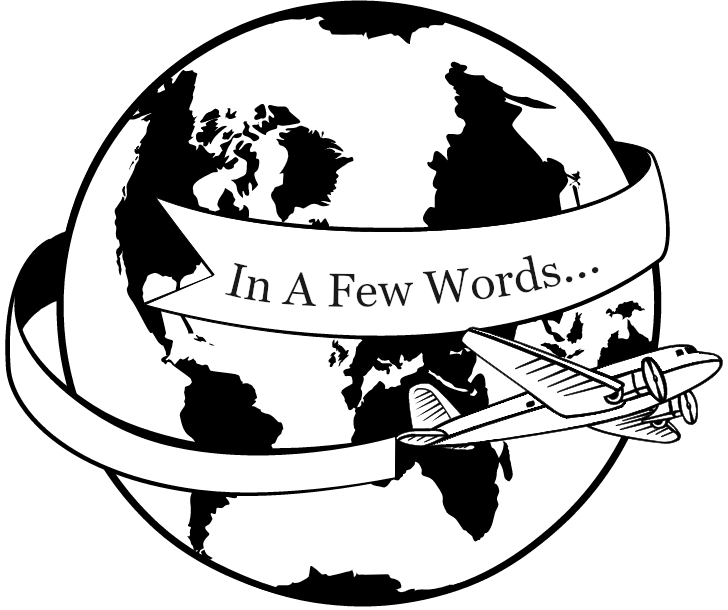It has been said that having one of something is a souvenir; two is a set and three is a collection. I guess this means that my friend Harry now has a collection of Border Crossings. His whole collection can be seen with this article.
But, most postcard collectors are driven to amass large numbers of cards in their collections. For example, I recently completed a count of the cards in one of my primary interests; I surprised myself when I reached 5,751 cards. I don’t remember buying most of them and I have no idea how much I spent or how long it took to accumulate that many cards.
Not so, in the case of my friend Harry. Harry has actually visited every place pictured on every one of his cards. Harry was a special envoy for the State Department after he retired from the army as a Lieutenant Colonel. Near the end of the Second World War, Harry served in the U.S. 15th Army [The army of record and occupation in Eastern Europe.]
Harry’s collection of border crossing postcards is quite small. He has three cards. One interesting fact about his collection is that all three border crossings in his collection no longer exist.

The reason is simply explained. In 1908 (when the card showing the border of Austria and Russia at Nowosielitza was postmarked) there were 21 countries in Europe, but today there are 42. Wars and treaties which end wars have an amazing effect on where international borders are drawn.
In Europe two world wars and dozens of national coup d’etats have caused empires to crumble, parts of a country to change allegiance, and revolutionaries to divide their lands into new nations.

Nowosielitza is such a place. Over the centuries since the first eastern Europeans settled in the area, the villages have “enjoyed” at least four nationalities. In 1908 when this card was mailed, the Nowosielitzas called their village by its German name. It is now part of Ukraine and the name has reverted to Ukrainisch and is spelled Nowoselyzja.
The German/Russian border at Wilhemsbrück. Germany no longer shares any border with Russia and the village of Wilhemsbrück has faded from the map. Harry traveled most often in eastern Germany and Poland. I wish I had asked him where Wilhensbrück was and what became of the Brückers who lived there.

The Russian border at Slupca.
Today, Slupca is a small village on the Warta River just over one-hundred miles west of Warsaw, Poland. Slupca has been a favored vacation city since the middle of the nineteenth century. Like many places in Poland, its history is long and complicated.
